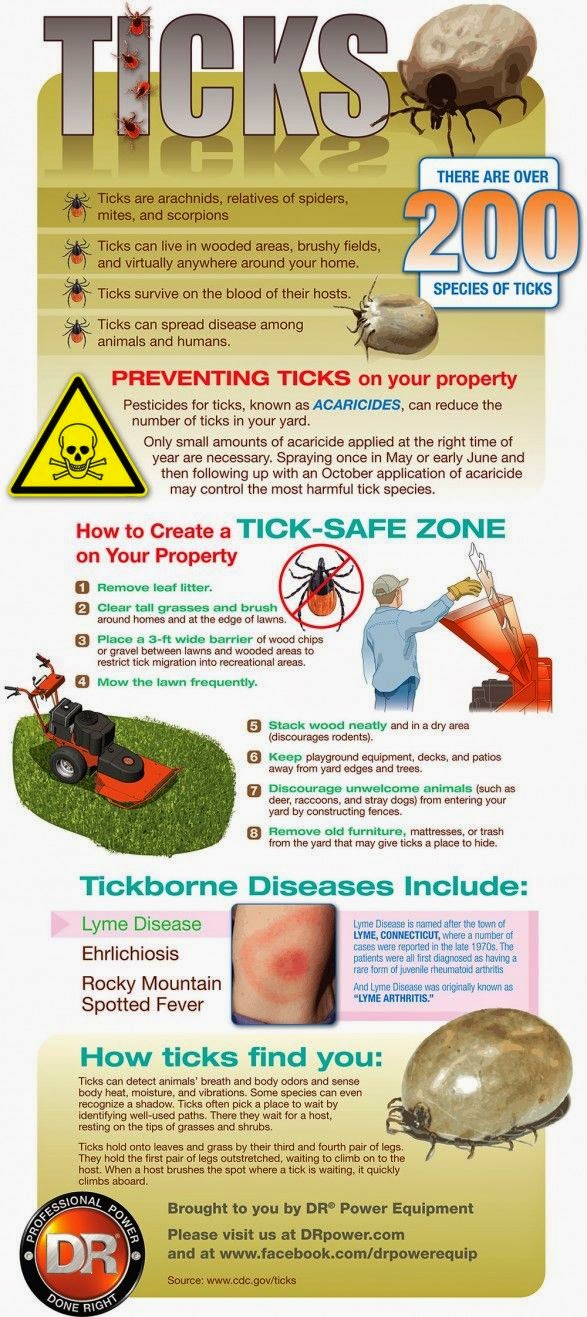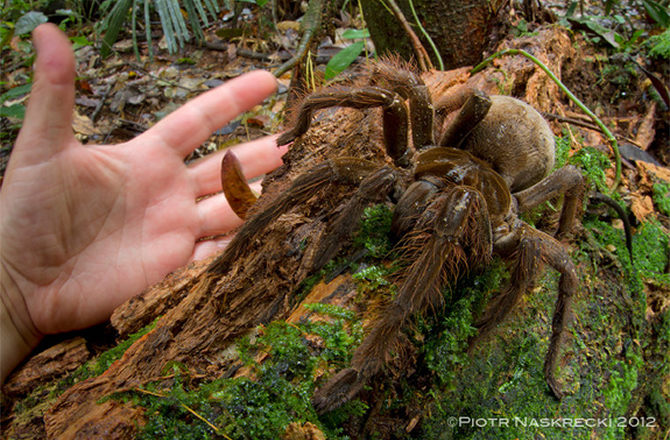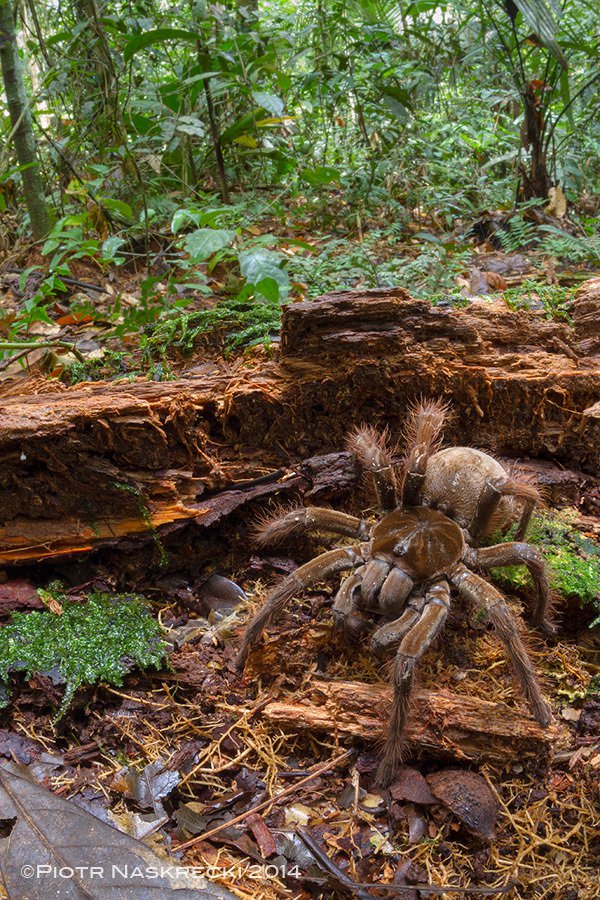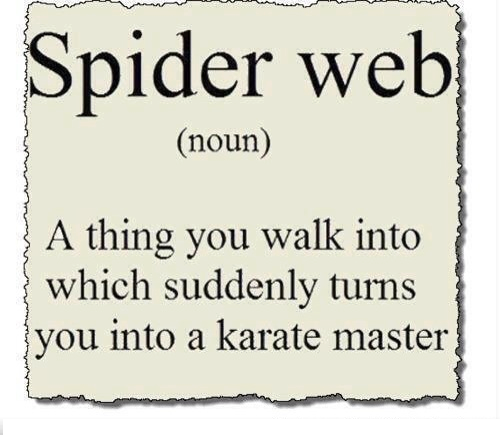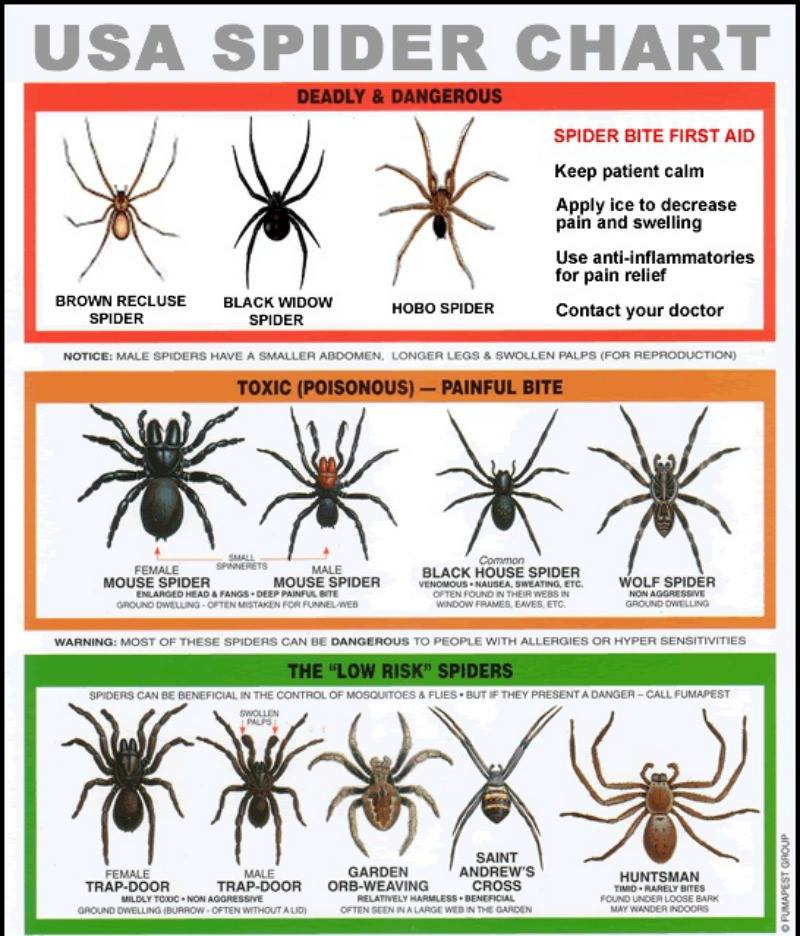Dangerous U.S. Spider Bites Guide
The text below contains additional information from the spider bites guide image above. For spider bite pictures and additional information, please click on the image above.
Black Widow Spider Bites
Spider ID: Females are jet black, shiny and are about ½ inch long. Have a very distinct red hourglass shape on the underside of their abdomen. Males are half as large as females.
Bite ID and Symptoms:
• Pain from a bite may not be felt immediately, but some people do feel instant pain.
• Swelling will occur near bite site, followed by extreme pain that spreads throughout body.
• Elevated blood pressure, nausea, vomiting, difficulty breathing and profuse sweating may occur.
• Symptoms usually diminish after several hours and disappear after several days.
• To diminish symptoms, medication can be administered by a physician.
Brown Recluse Spider Bites
Spider ID: Light brown legs and body. There is a distinct dark brown violin shaped marking on head and thorax.
Bite ID and Symptoms:
• Initially little or no pain, but a localized, intense pain and inflammation develops over several hours.
• A large ulcerous sore forms around the bite after a few days, can take 2 to 3 months to heal, leaves a disfiguring scar.
• There is no specific anti-venom but other treatments can be used to promote healing.
Hobo Spider Bites
Spider ID: This spider is about a ¼ to 5/8 inches in length. It is brown with a distinct pattern of yellow markings on its back. These spiders do not climb but are very fast runners. They are likely to attack if provoked or threatened.
Bite ID and Symptoms:
• The bite can go completely unnoticed.
• After 15 minutes, a blister begins to form.
• Bites have been reported to cause severe headaches that last for several days.
• Some report a necrotic wound to develop that takes months to heal but this can also be caused by other factors.
Sac Spider Bites
Spider ID: These spiders are often misidentified as brown recluse spiders. They are very small, about ¼ inch to 3/8 of an inch long and no conspicuous markings but their front legs are longer than the rest of their body and legs. They are very pale and can be yellow, greenish, and tan.
Bite ID and Symptoms:
• A stinging sensation, redness, and mild swelling is common.
• The bite may blister and break, leaving a sore that can last for several weeks.
• Can causes the person to feel slightly sick.
• Experts believe this spider causes more bites than any other.
Parson Spider Bites
Spider ID: Vary from a brown head to a black or gray thorax. They are a ½ inch long and have a distinctive white or pink pattern on their middles and are covered in fine hairs, appear velvety.
Bite ID and Symptoms:
• Generally considered to be non-toxic, yet some have allergic reactions to the bites.
• There is a range of severity but localized allergic swelling and itching and initial pain can occur.
• Excessive sweating, nausea, sweating, and elevated temperatures may occur in extreme circumstances.
Large (Wolf) Spider Bites: Large spiders, such as the wolf spider that is commonly found in the United States, look creepy but are mostly harmless. Their bites will be felt, because of their large size, but are not considered to be dangerous. Most of the time, you can treat this spider bite as any other mild spider bite. Outside of the United States, some large spiders are considered dangerous.
General Spider Bite Treatment
If a spider has bitten you, try to capture the spider to bring it in to medical professionals. Identifying the spider is a key step to treating the bite, and a spider bite can never be completely diagnosed without the culprit to identify.
• Stay calm
• Wash area with soap and water (unless bitten by a Brown Recluse spider – keep those dry)
• Use a damp, cold cloth or a cloth filled with ice to reduce swelling
• Elevate area if possible
• Tie a snug bandage above bite to slow spread of venom (ensure this is not too tight!)
• Do not attempt to remove venom
• Take acetaminophen or an antihistamine to reduce swelling and pain
• Seek professional medical attention as soon as possible
Puppy-Sized Spider Found In The Rainforest
Why are they using puppy as a size reference?
Piotr Naskrecki was taking a nighttime walk in a rainforest in Guyana, when he heard rustling as if something were creeping underfoot. When he turned on his flashlight, he expected to see a small mammal, such as a possum or a rat.
“When I turned on the light, I couldn’t quite understand what I was seeing,” said Naskrecki, an entomologist and photographer at Harvard University’s Museum of Comparative Zoology.
A moment later, he realized he was looking not at a brown, furry mammal, but an enormous, puppy-size spider.
Known as the South American Goliath birdeater (Theraphosa blondi), the colossal arachnid is the world’s largest spider, according to Guinness World Records. Its leg span can reach up to a foot (30 centimeters), or about the size of “a child’s forearm,” with a body the size of “a large fist,” Naskrecki told Live Science. And the spider can weigh more than 6 oz. (170 grams) — about as much as a young puppy, the scientist wrote on his blog.
Some sources say the giant huntsman spider, which has a larger leg span, is bigger than the birdeater. But the huntsman is much more delicate than the hefty birdeater — comparing the two would be “like comparing a giraffe to an elephant,” Naskrecki said.
The birdeater’s enormous size is evident from the sounds it makes. “Its feet have hardened tips and claws that produce a very distinct, clicking sound, not unlike that of a horse’s hooves hitting the ground,” he wrote, but “not as loud.”
When Naskrecki approached the imposing creature in the rainforest, it would rub its hind legs against its abdomen. At first, the scientist thought the behavior was “cute,” he said, but then he realized the spider was sending out a cloud of hairs with microscopic barbs on them. When these hairs get in the eyes or other mucous membranes, they are “extremely painful and itchy,” and can stay there for days, he said.
